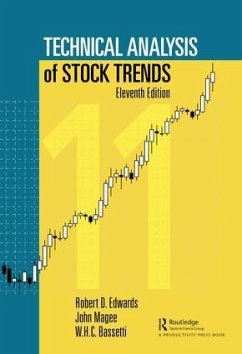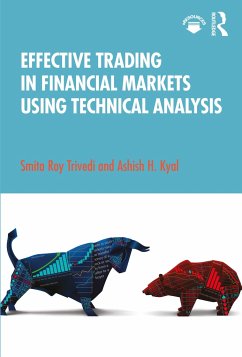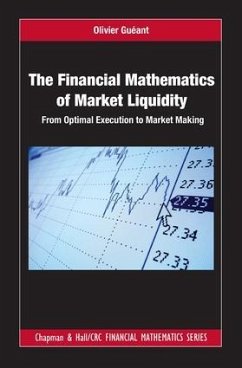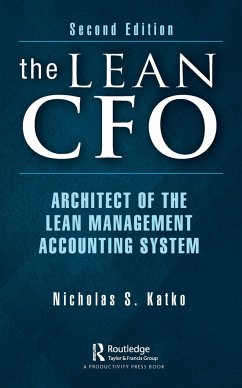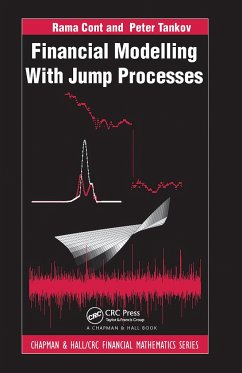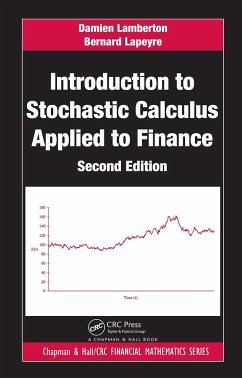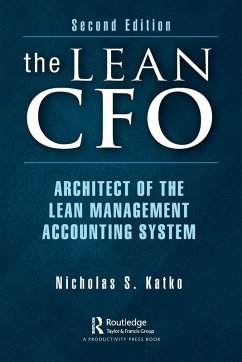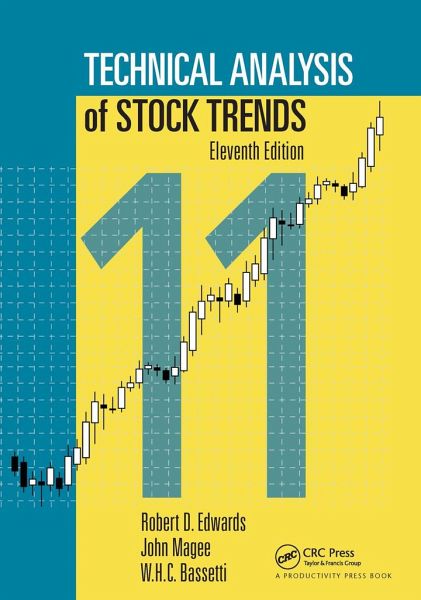
Technical Analysis of Stock Trends
Versandkostenfrei!
Versandfertig in 6-10 Tagen
40,99 €
inkl. MwSt.
Weitere Ausgaben:

PAYBACK Punkte
20 °P sammeln!
Technical Analysis of Stock Trends helps investors make smart, profitable trading decisions by providing proven long- and short-term stock trend analysis.It gets right to the heart of effective technical trading concepts, explaining technical theory such as The Dow Theory, reversal patterns, consolidation formations, trends and channels, technical analysis of commodity charts, and advances in investment technology. It also includes a comprehensive guide to trading tactics from long and short goals, stock selection, charting, low and high risk, trend recognition tools, balancing and diversifyin...
Technical Analysis of Stock Trends helps investors make smart, profitable trading decisions by providing proven long- and short-term stock trend analysis.
It gets right to the heart of effective technical trading concepts, explaining technical theory such as The Dow Theory, reversal patterns, consolidation formations, trends and channels, technical analysis of commodity charts, and advances in investment technology. It also includes a comprehensive guide to trading tactics from long and short goals, stock selection, charting, low and high risk, trend recognition tools, balancing and diversifying the stock portfolio, application of capital, and risk management.
This updated new edition includes patterns and modifiable charts that are tighter and more illustrative. Expanded material is also included on Pragmatic Portfolio Theory as a more elegant alternative to Modern Portfolio Theory; and a newer, simpler, and more powerful alternative to Dow Theory is presented.
This book is the perfect introduction, giving you the knowledge and wisdom to craft long-term success.
It gets right to the heart of effective technical trading concepts, explaining technical theory such as The Dow Theory, reversal patterns, consolidation formations, trends and channels, technical analysis of commodity charts, and advances in investment technology. It also includes a comprehensive guide to trading tactics from long and short goals, stock selection, charting, low and high risk, trend recognition tools, balancing and diversifying the stock portfolio, application of capital, and risk management.
This updated new edition includes patterns and modifiable charts that are tighter and more illustrative. Expanded material is also included on Pragmatic Portfolio Theory as a more elegant alternative to Modern Portfolio Theory; and a newer, simpler, and more powerful alternative to Dow Theory is presented.
This book is the perfect introduction, giving you the knowledge and wisdom to craft long-term success.





